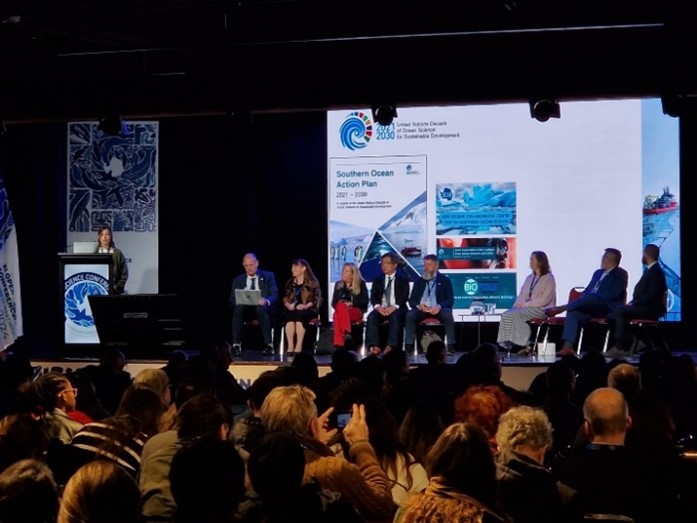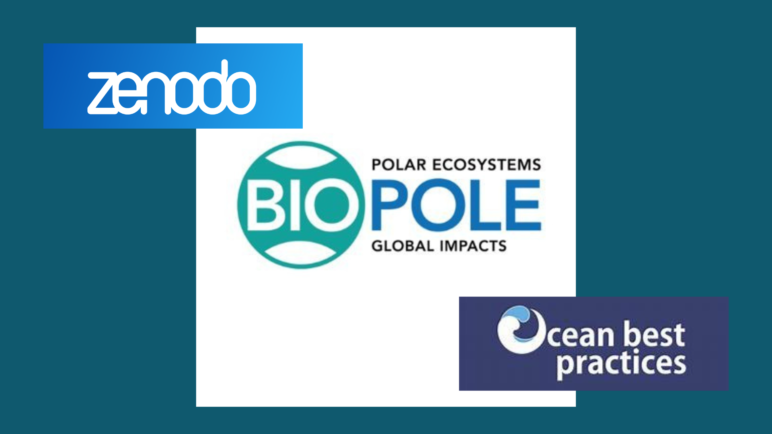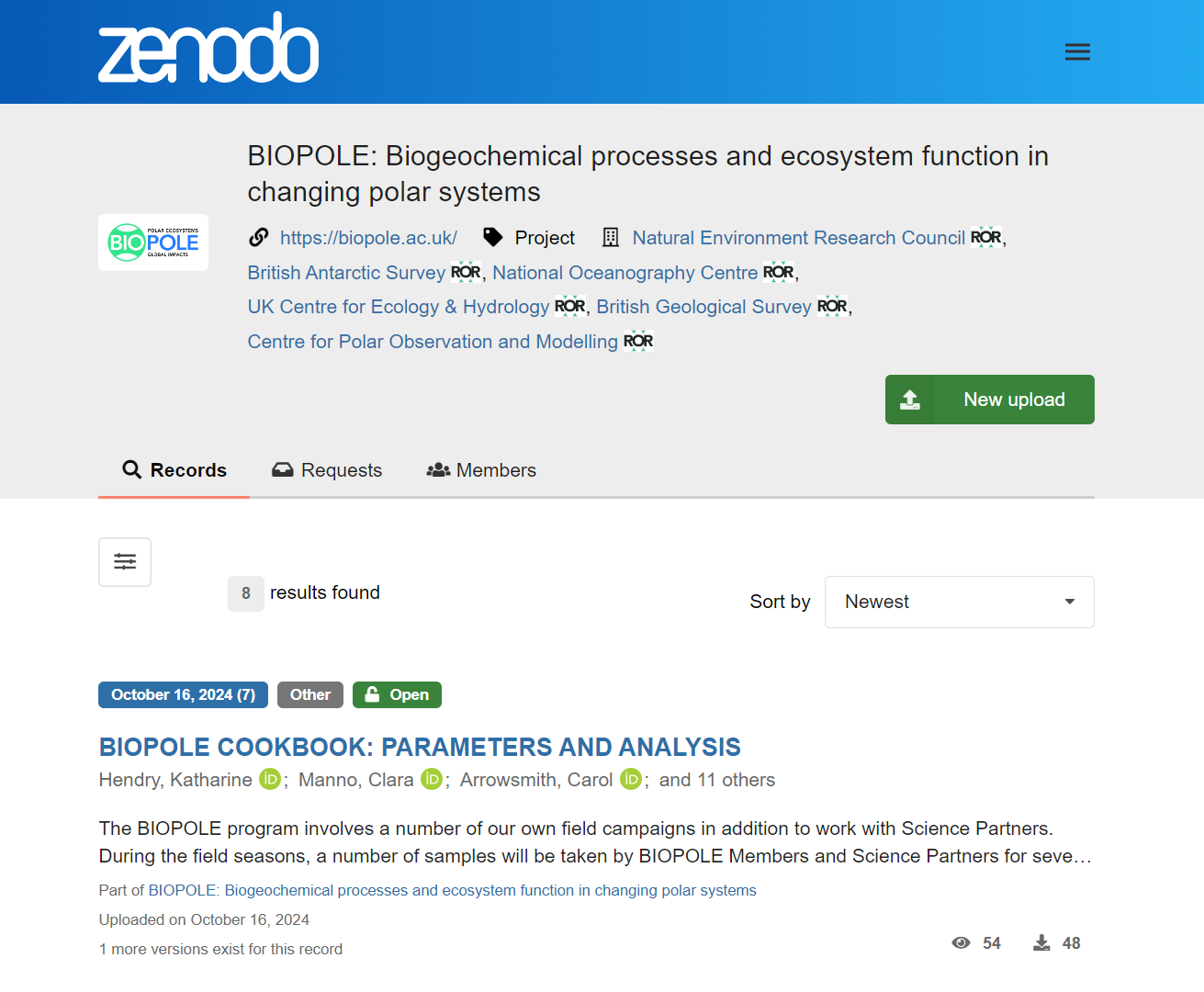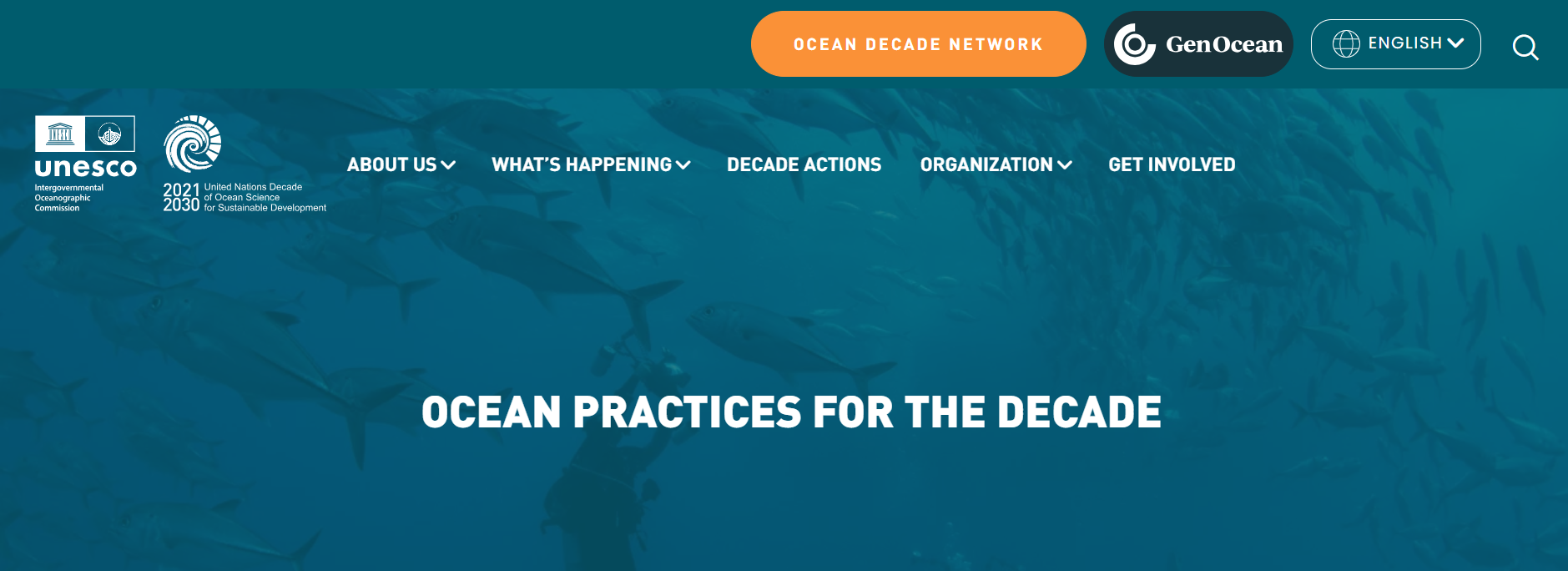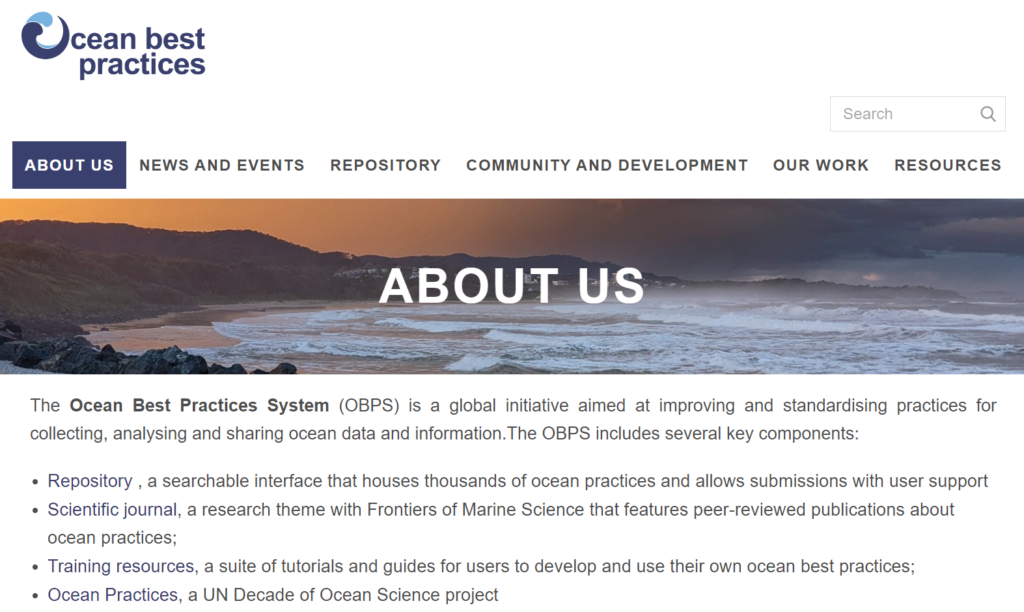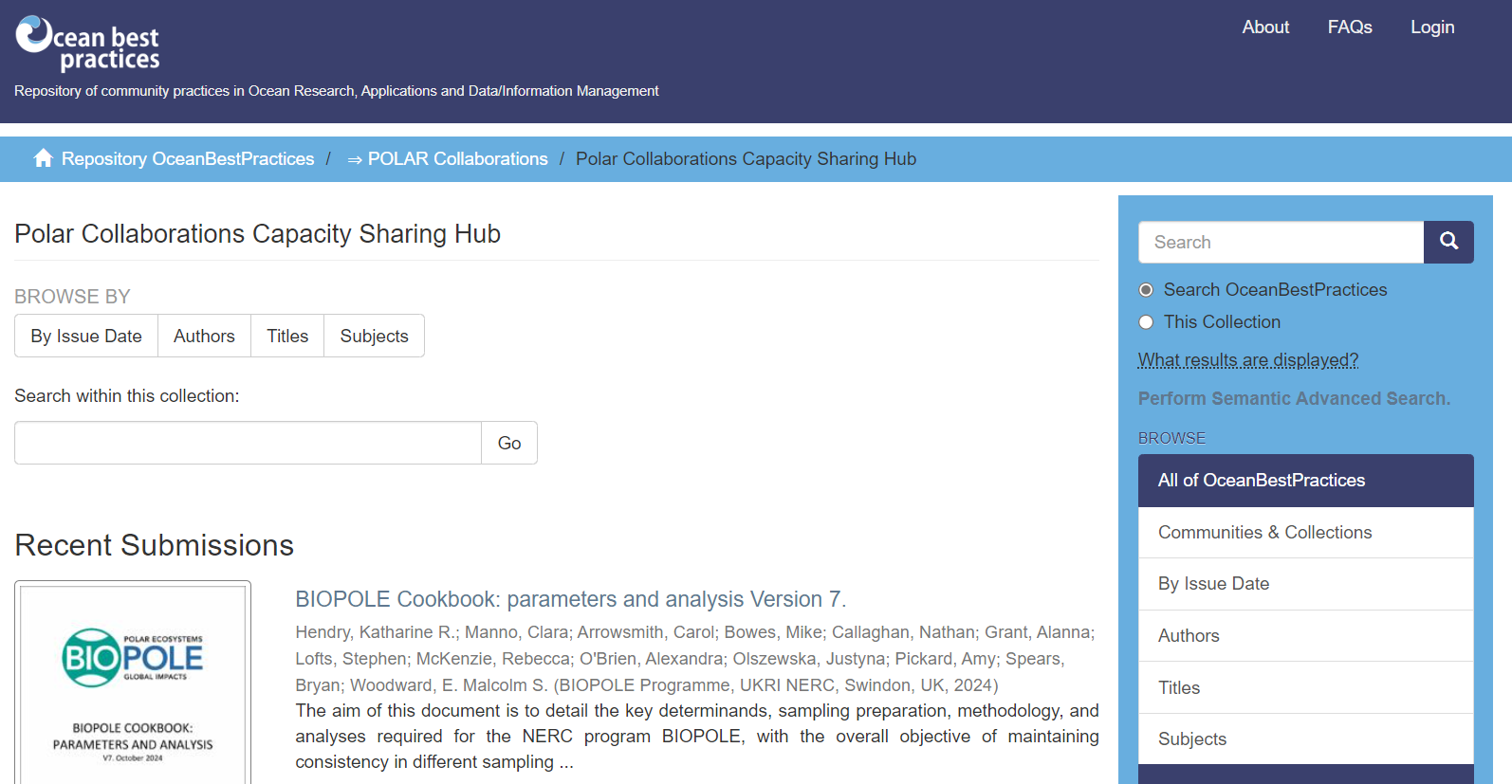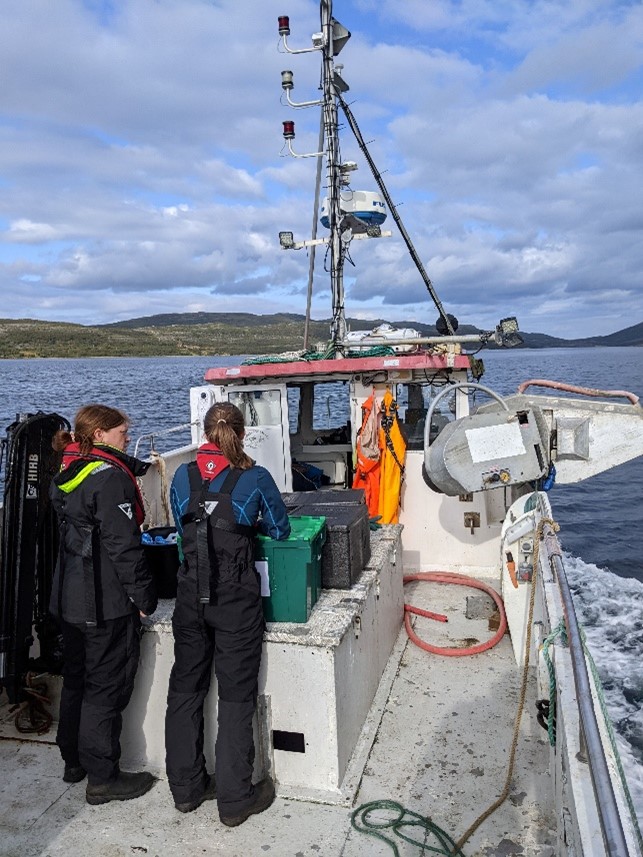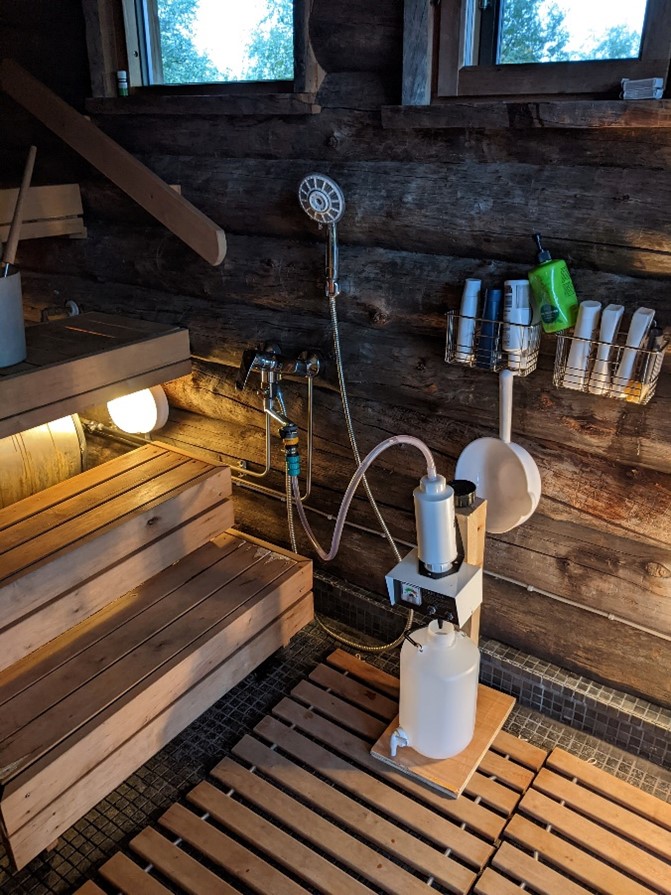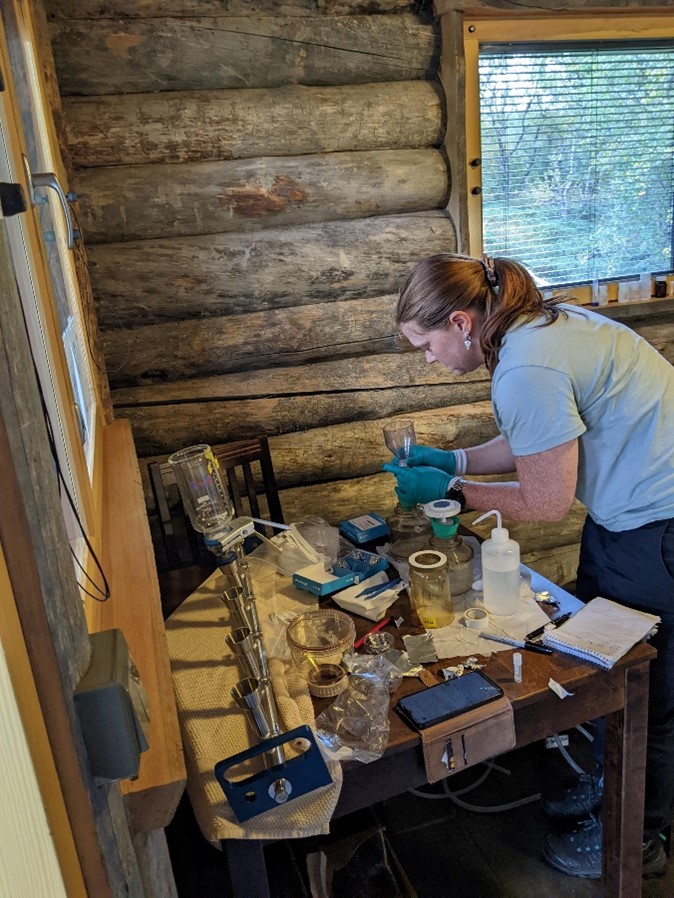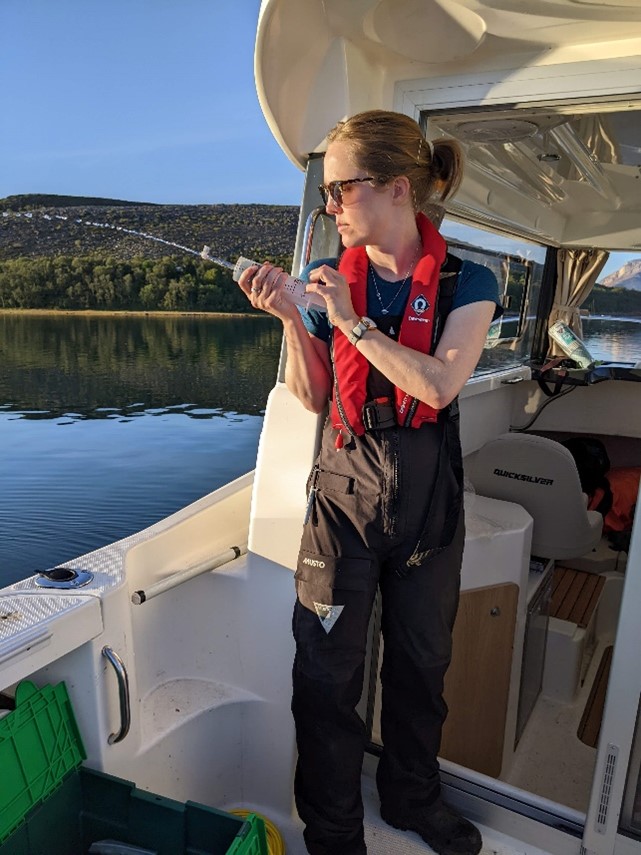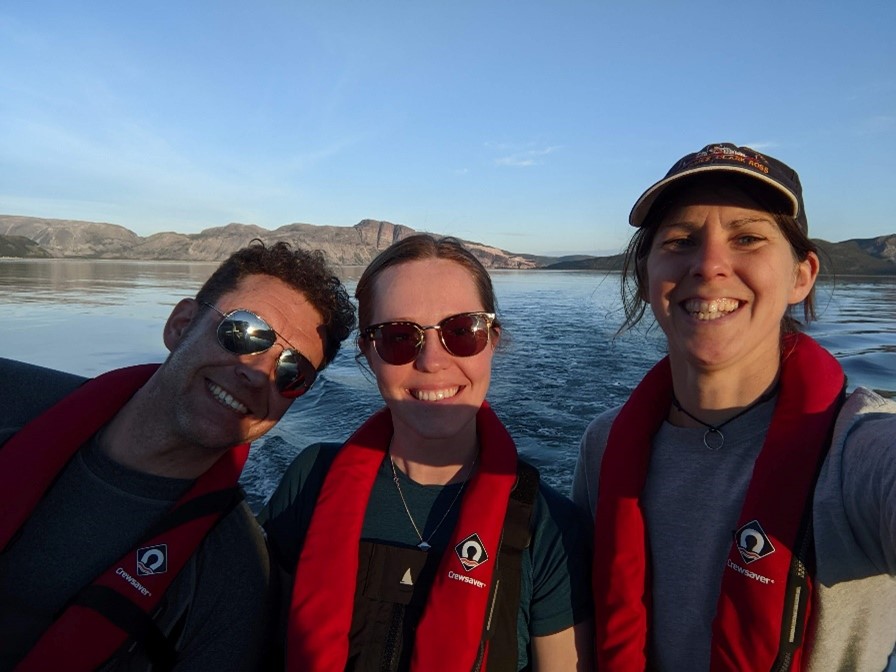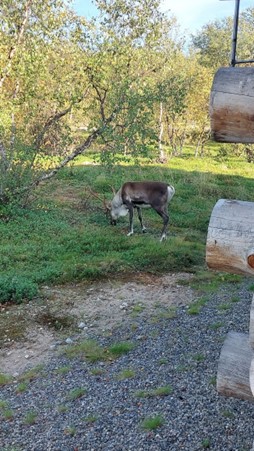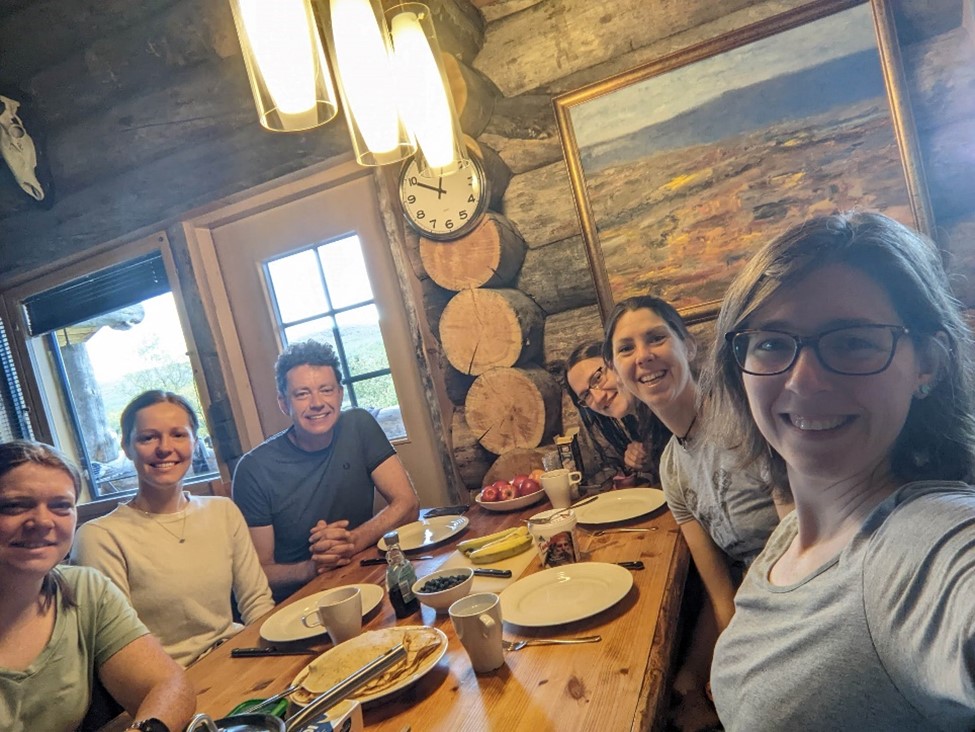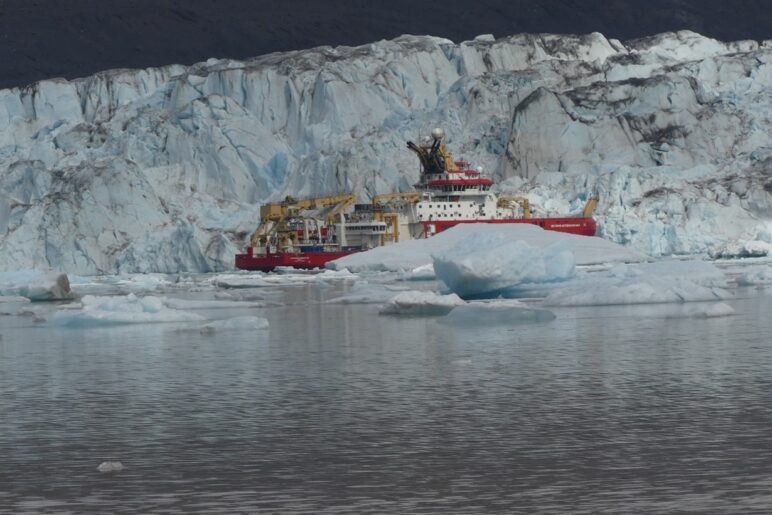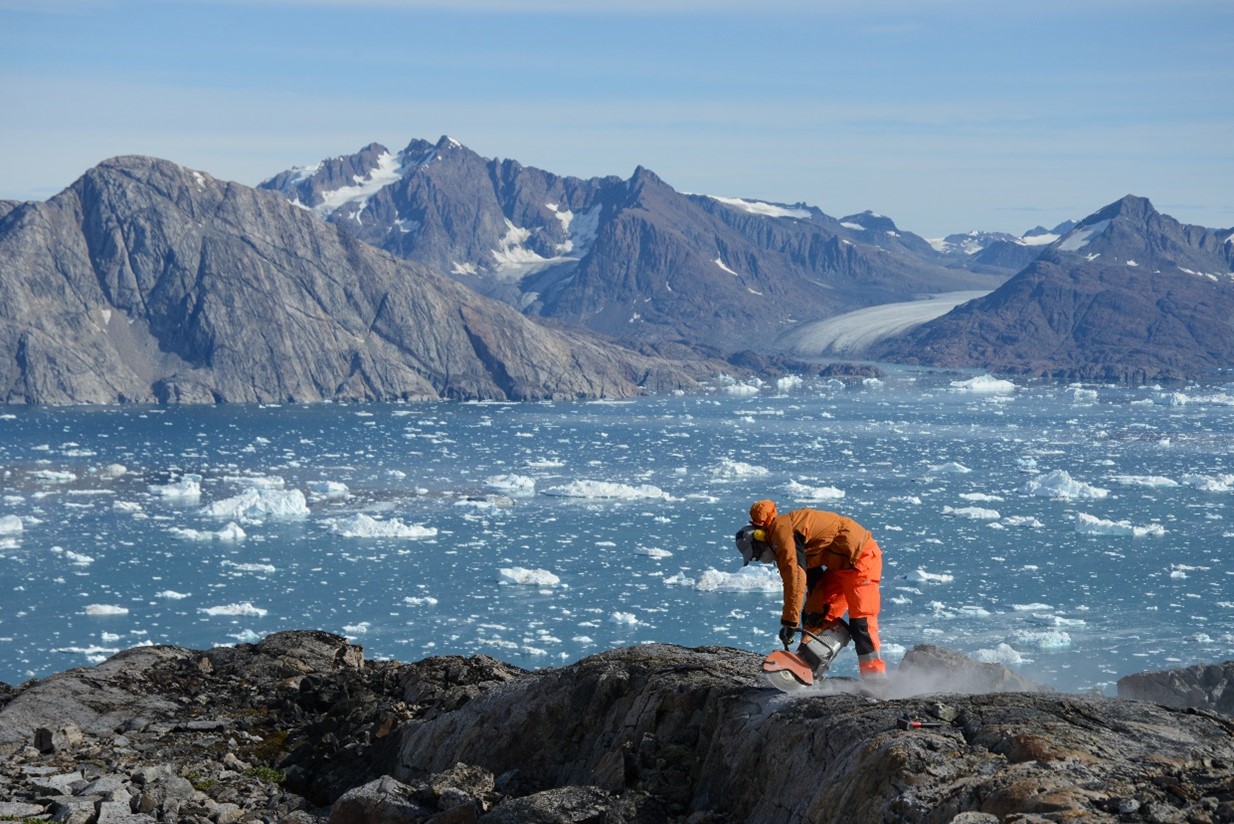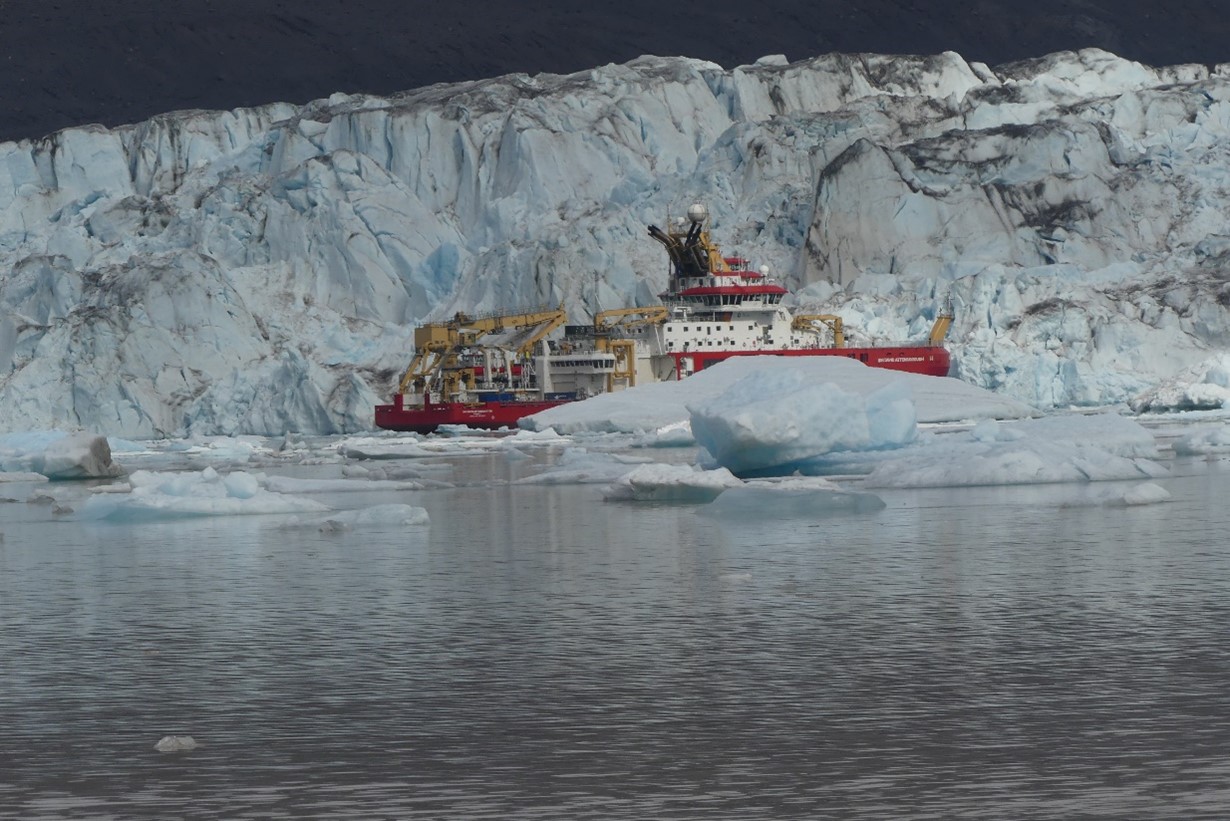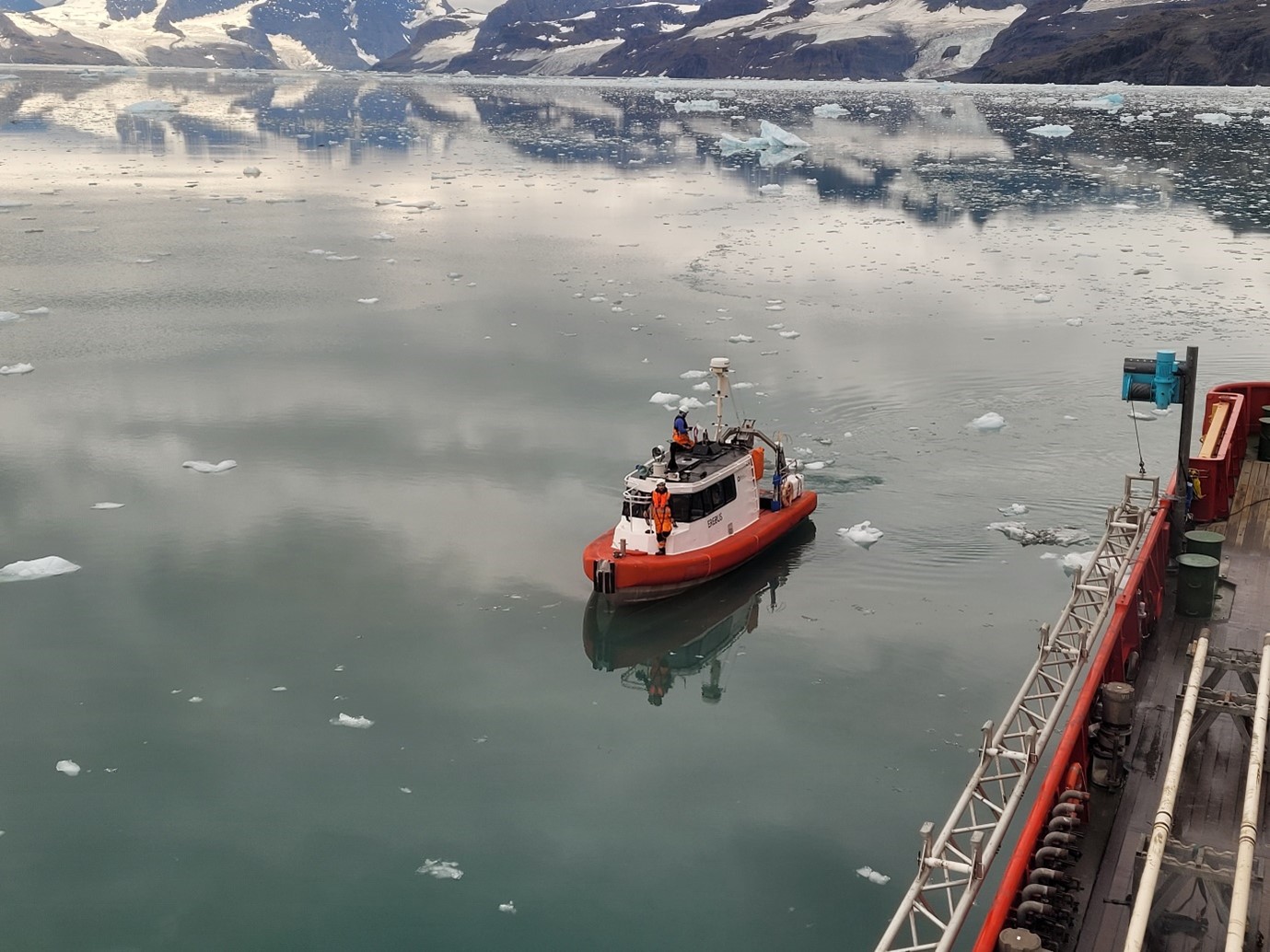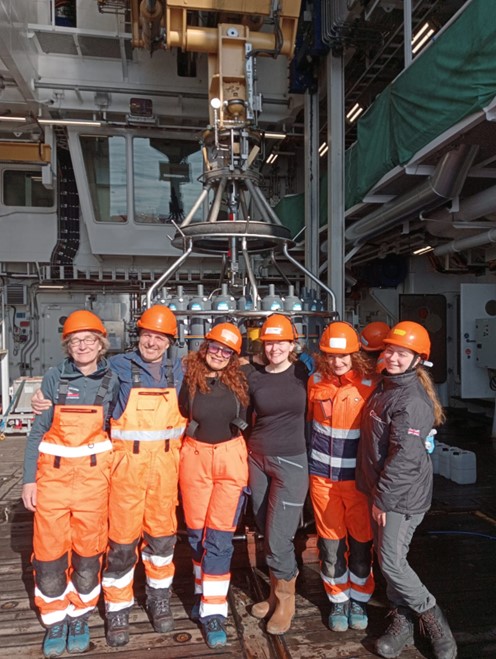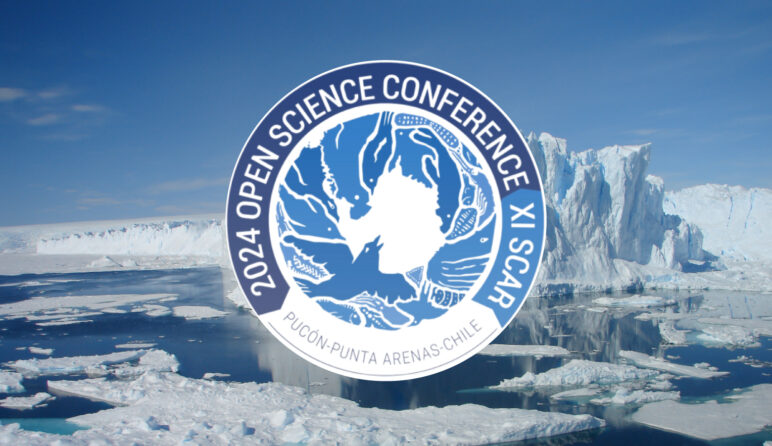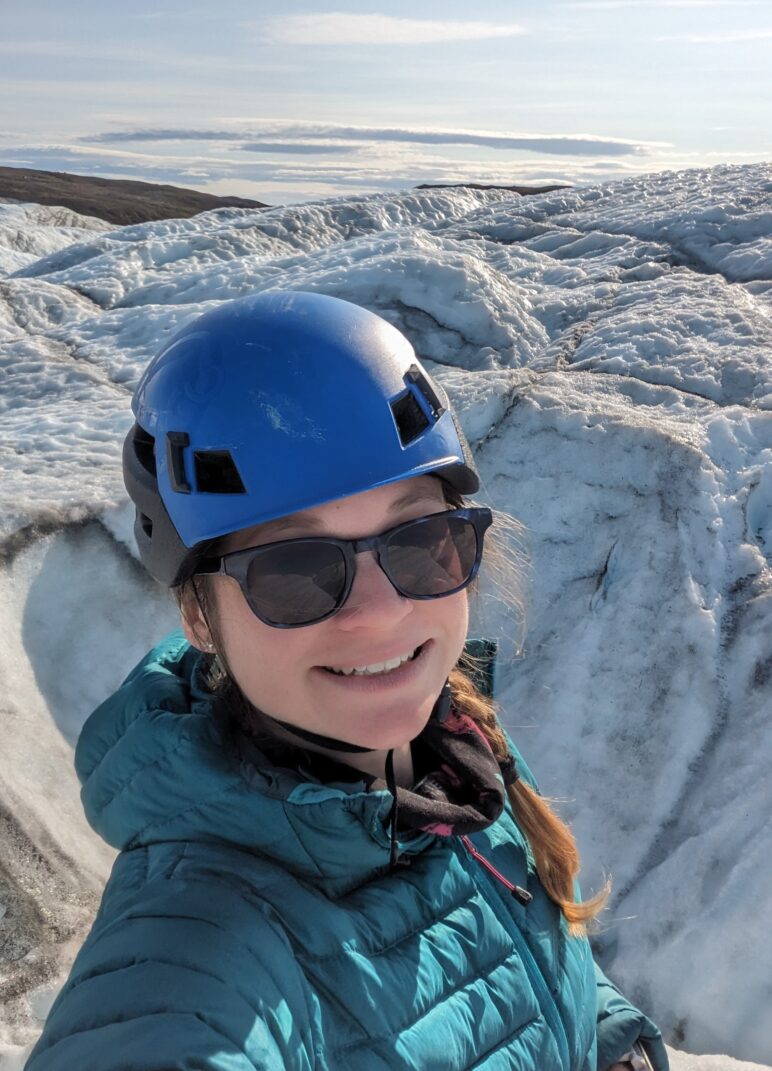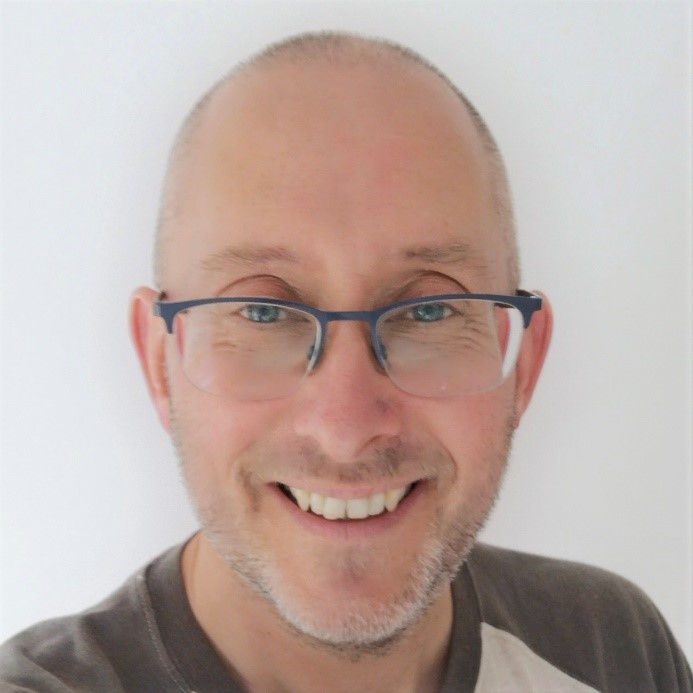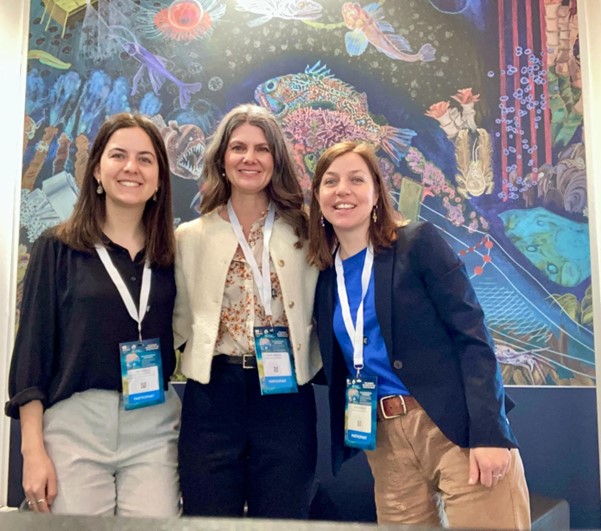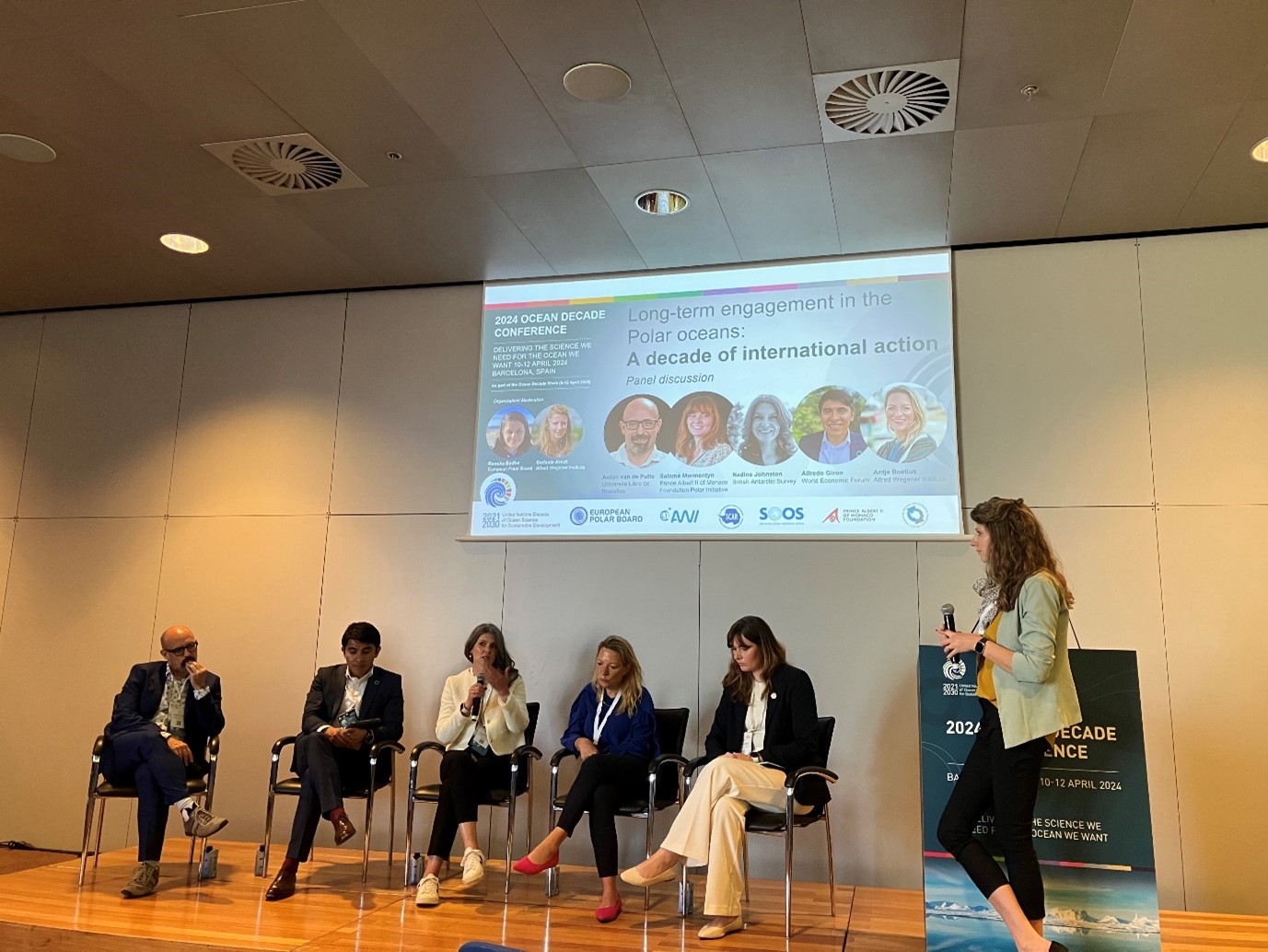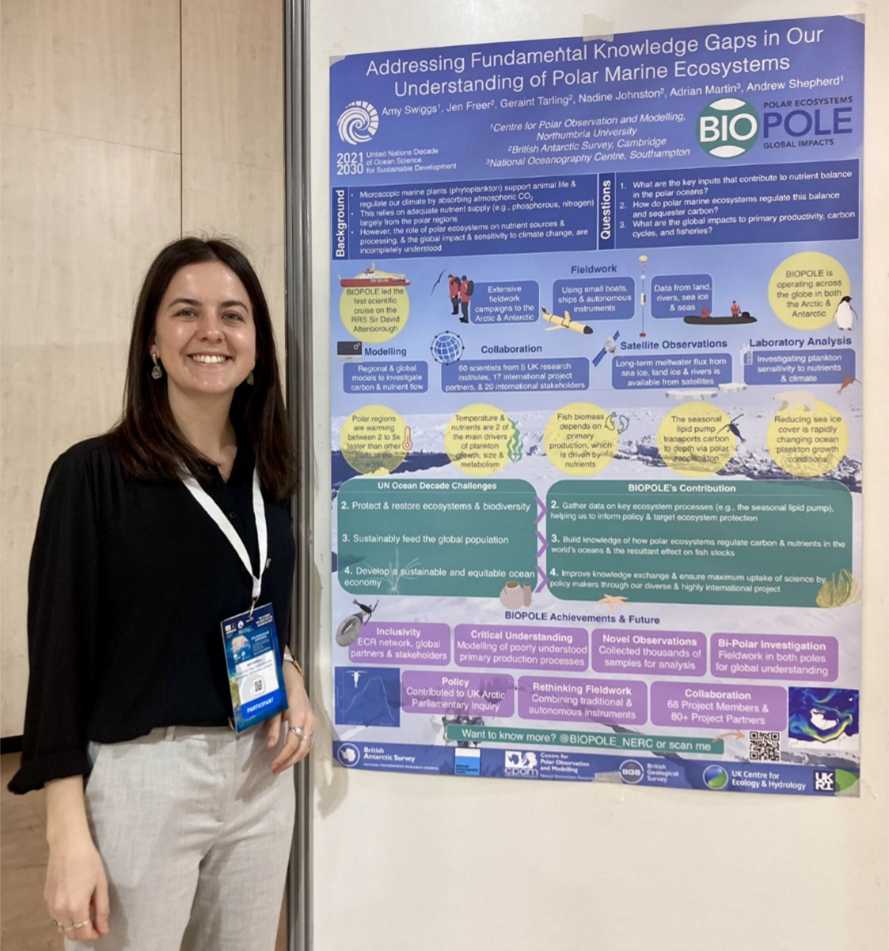I was lucky enough to attend the SCAR (Scientific Committee for Antarctic Research) Open Science Conference this August. This year’s location was Pucón, Chile – a small city famous for its adventure tourism and the picture-perfect volcano Villarrica which towers above its streets.
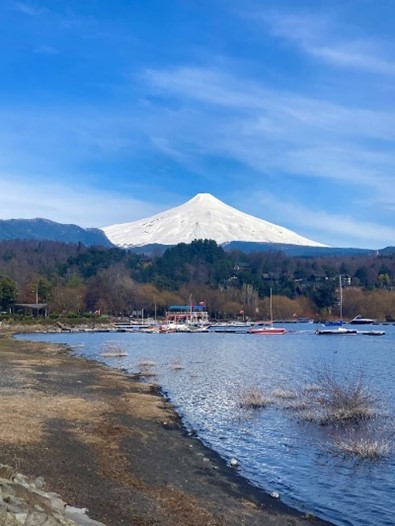
The week was packed with a diverse programme of plenary lectures, mini-symposia, parallel sessions, panel discussions, posters, and various socialising events (including an extra special end of conference party that got EVERYONE dancing).
Along with presenting some work on Antarctic krill and participating in an outreach talk that highlighted my involvement in science-poetry workshops, I was able to represent and raise the profile of BIOPOLE at several sessions. First, in the absence of Nadine Johnston I was invited to speak at the opening joint SCAR/COMNAP mini-symposium on “A Promising Future for Antarctic Research: Facilitation of circumpolar initiatives through science and science support partnerships”. At this, I gave an overview of the structure, success, and future plans of the well-established programme ICED (Integrating Climate and Ecosystem Dynamics in the Southern Ocean) which is a science partner of BIOPOLE. BIOPOLE featured as a key partner of ICED, especially in their involvement for 5th International Polar Year and the UN Decade of Ocean Science’s Southern Ocean Task Force (which has developed a Southern Ocean Action Plan and SCARS hosting of the UN Decade Collaborative Centre for the Southern Ocean). Secondly, I presented a poster on some of BIOPOLE WP2 tasks, led by Aidan Hunter (and BIOPOLE authors Nadine Johnston, Geraint Tarling, Kathryn Cook and Dan Mayor), in collating historical records of Southern Ocean copepods to better understand their role in the seasonal lipid pump. This poster started up some engaging conversations with other archivists and introduced the lipid pump to many for the first time.
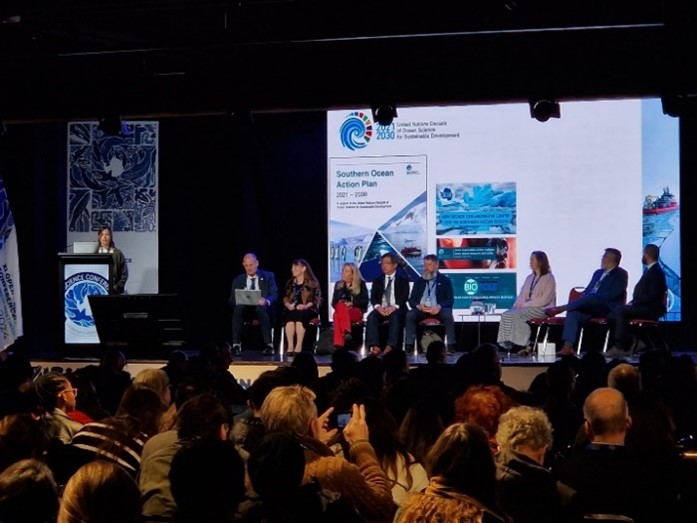
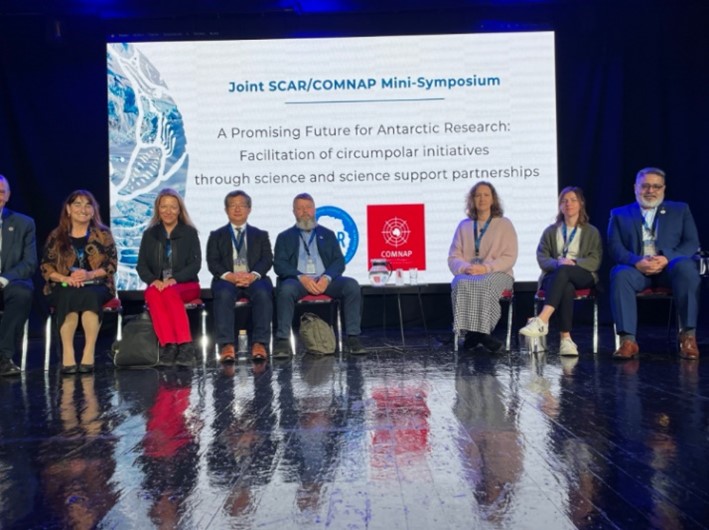
Right: The speakers and panellists at the SCAR/COMNAP mini-symposium
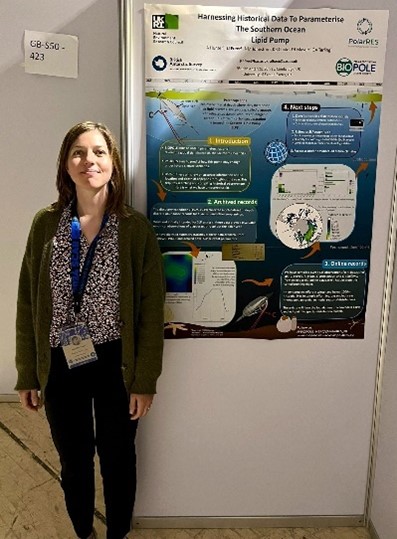
As well as delivering a talk to a packed ballroom of delegates, a personal highlight was listening to the emotive keynote talk of Prof. Meredith Nash, on “The reckoning: how #metooAntarctica is changing fieldwork”. I thank the organisers for giving this topic the space it deserves, and for the huge commitment to equality and diversity that was evidenced throughout the conference (see article by Huw and Pilvi – EDI at the SCAR Open Science Conference 2024 – Biopole).
Thanks to the local organising committee for making this such a fantastic event, and to all the delegates and speakers for inspiring interactions and discussions.
The author of the article – Jen Freer from British Antarctic Survey

